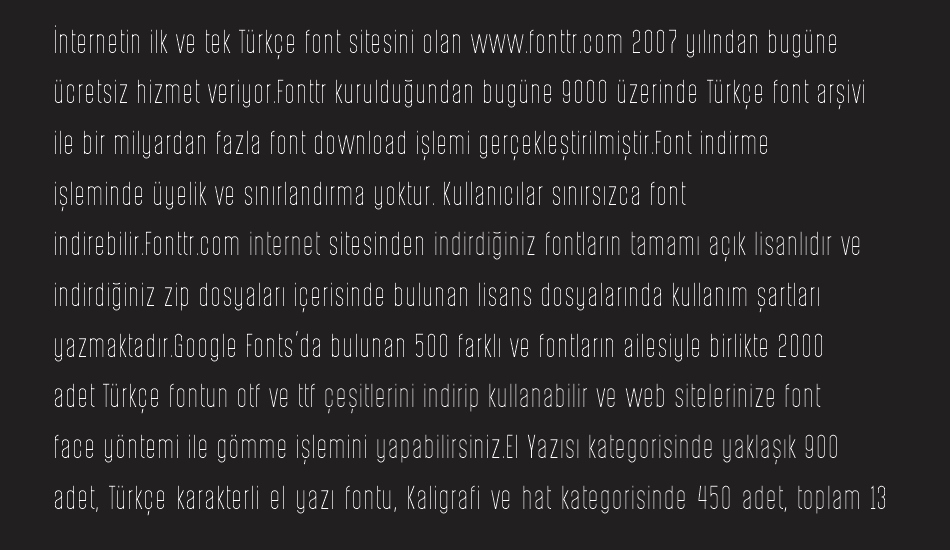

The downsides of this system are immediately apparent: the most desirable positions like snipers, machine gunners, and anti-tank infantry fill up very quickly, often leaving you feeling like fodder by handing you a bolt-action rifle on a battlefield dominated by automatic gunfire. Roles in Post Scriptum are divvied out on a first come, first served basis. Which is just as well, because I got stuck using them more often than not. In spite of their modest capability, I ended up falling in love with both of the standard issue rifles: the British Lee Enfield and German Kar98K. Unlike the rest of the weapons in Post Scriptum, hits with these rifles result in an audible click that provides a rare moment of clarity in an otherwise veiled battlefield. The gunplay, for example, feels intuitive and impactful, and the former is no easy feat given the era’s spartan iron sights and primarily bolt-action arsenal. Some maps, like Heelsum, offer a “double” variant with two capture points available at a time, but I have yet to find a server running this version of the map that is populated enough to play.Īt the same time, Post Scriptum does plenty of things quite well. The prospect of piling in the back of a half-track would be infinitely more exciting if there was a reason to go literally anywhere other than the one active capture point. Similarly, I only found armored cars to be useful at the beginning of a match since transportation to the active capture point wasn’t necessary once the mobile spawn points were deployed.

I thought the idea of serving in a logistics section might be an interesting change of pace, but found that setting up lines of sandbags and machine gun nests simply wasn’t practical for how frequently the frontlines shifted. Secondly, this mode does a poor job of leveraging Post Scriptum’s impressive array of multi-crewed tanks, armored cars, deployables, and soldier roles. There is certainly value in finding an enemy mobile spawn point or forward operating base, but the reward – temporarily disrupting the enemy team’s spawns – was never worth the risk of leaving the capture point unprotected, as it can be permanently claimed in what seems like the blink of an eye. I never felt incentivized to do anything other than make a beeline for the one objective, which is repetitive and one-note. I take issue with that for a number of reasons: – first and foremost, this linear mode leaves little room for improvisation or strategy. And while that certainly sounds era-appropriate, it boils down to cramming as many players onto a single capture point as possible, as quickly as possible. This proved to be the right call, since Post Scriptum’s primary mode is a single capture-point game that’s dominated by tunnel vision.īecause objectives must be captured one at time, with occupied control points permanently changing ownership once captured, the prevailing tactic is an all-out blitz. On more than one occasion, when acting as a subordinate, my commanding officer ordered that we simply ignore enemies firing at us from inside these hedgerows, since tracking them down was a laborious waste of time. While these maps may be a faithful recreation of the Netherlands in the 1940s they make an abysmal arena when it comes to video game firefights. I had few issues tracking down enemies in Squad’s comparatively barren forests and deserts, but the unending labyrinth of tall hedgerows that abound in all of Post Scriptum’s maps make the prospect of traveling between control points a straight-up nightmare. The other major detractor from team play – and gameplay in general – is the setting. I ended up defaulting to the immersion-breaking real-time map to orientate myself, which meant that something as frequently necessary as calling out enemy locations brought the action to a grinding halt. The compass and its situational usability are realistic, but the tradeoffs in terms of gameplay are huge. The markings on this era-appropriate antique are microscopic and, most annoyingly, affected by the surrounding light to the point of total illegibility at night. In Post Scriptum, that’s been replaced with a clumsy in-world compass your character holds in his hand and cannot be used on the run. Its predecessor, Squad (from partner studio Offworld Industries) is miles ahead in this department thanks to a HUD-integrated compass which makes it easy to instinctively call out the direction of incoming fire. Medics are the glue that binds sections together, but another crucial function of a squad – identifying enemies and relaying their direction to your squadmates – is much harder than it should be.


 0 kommentar(er)
0 kommentar(er)
